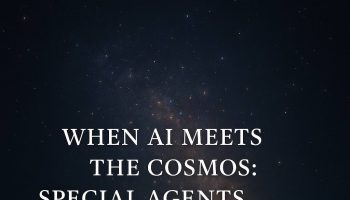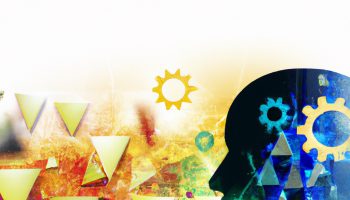A modern MLOps platform for Generative AI seamlessly integrates the practices of machine learning operations with the distinctive elements of generative models. Such platforms aspire to automate and streamline the end-to-end lifecycle of generative AI models, ensuring robustness, scalability, and reproducibility. Embracing a holistic approach is paramount, addressing not just the technical aspects of model development and deployment but also the ethical, environmental, safety, and governance considerations inherent to generative models.
Here’s the modern MLOps architecture:
1. Data Ingestion, Storage & Sustainability:
- Data Collection: Harness data from diverse sources.
- Data Storage: Use scalable distributed systems optimized for growing model sizes.
- Data Versioning: Ensure reproducibility with versioned datasets.
- Document Sharding: Efficiently manage large datasets.
- Sustainable Storage Solutions: Employ green data storage solutions and practices to minimize energy consumption.
2. Data Processing, Transformation, Embeddings & Sustainable Processing:
- ETL Processes: Clean and preprocess data.
- Feature Engineering: Extract meaningful features.
- Embedding Generation: Convert data into meaningful embeddings.
- Vector Store: Efficiently store and retrieve embeddings.
- Energy-Efficient Processing: Opt for processing techniques and hardware that minimize energy usage.
3. Model Development, Prompt Engineering, Pre-trained Models & Fine-tuning:
- Interactive Development: Promote rapid prototyping and experimentation.
- Model Repository: Access and manage vast pre-trained models.
- Fine-tuning: Adapt models to specific tasks.
- Prompt Engineering: Design and optimize prompts for generative models.
- Experiment Tracking: Monitor and compare model experiments.
4. Model Training, Validation, Generative Outputs & Sustainable Training:
- Distributed Training: Utilize platforms suitable for the infrastructural demands of large models.
- Hyperparameter Tuning: Discover optimal model parameters.
- Validation & Quality Assurance: Evaluate generated content’s quality.
- Eco-friendly Training: Use energy-efficient training methods, algorithms, and hardware.
5. Transfer Learning, Knowledge Distillation, Continuous Learning & Sustainability:
- Transfer Learning: Reuse model knowledge.
- Knowledge Distillation: Optimize models without compromising performance.
- Active Learning: Enhance models iteratively.
- Sustainable Model Adaptation: Prioritize techniques that require less frequent retraining and updates to reduce energy consumption.
6. Model Deployment, Scaling, Serving & Green Deployment:
- Model Packaging & Serving: Ready models for production.
- Deployment Strategies for Large Models: Efficiently manage resource-intensive models.
- Scaling Generative Workloads: Ensure infrastructure meets generative task demands.
- Sustainable Deployment: Adopt deployment methods that optimize resource usage and reduce carbon footprints.
7. Monitoring, Alerts, Feedback & Sustainable Monitoring:
- Model Monitoring: Track model performance.
- Infrastructure Monitoring: Oversee system health.
- Alerts: Stay informed about anomalies.
- User Feedback Loop: Continuously adjust based on user feedback.
- Energy-Efficient Monitoring: Optimize monitoring processes to consume minimal resources.
8. Governance, Safety, Ethical & Environmental Considerations:
- Model Auditing & Versioning: Keep a clear record of model evolutions.
- Content Filters: Maintain high content generation standards.
- Ethical Reviews & Compliance: Navigate the evolving ethical landscape.
- Carbon Audits: Regularly evaluate and report the environmental impact of AI operations.
9. Collaboration, Sharing, Documentation & Green Collaboration:
- Model Sharing: Encourage collaboration.
- Documentation: Ensure clear and thorough documentation.
- Sustainable Collaboration Tools: Use collaboration tools that prioritize energy efficiency and reduce environmental impact.
10. Infrastructure, Orchestration, AI Infrastructure Concerns & Green Infrastructure:
- Infrastructure as Code: Define infrastructure programmatically.
- Orchestration: Coordinate ML lifecycle stages.
- AI Infrastructure Management: Plan for the demands of gen AI models.
- Sustainable Infrastructure: Invest in hardware and solutions that emphasize energy efficiency and sustainability.
By embracing this comprehensive approach, a modern MLOps platform for Generative AI empowers developers, data scientists, and organizations to harness the transformative potential of generative models, ensuring they effectively navigate the challenges and intricacies they present.



